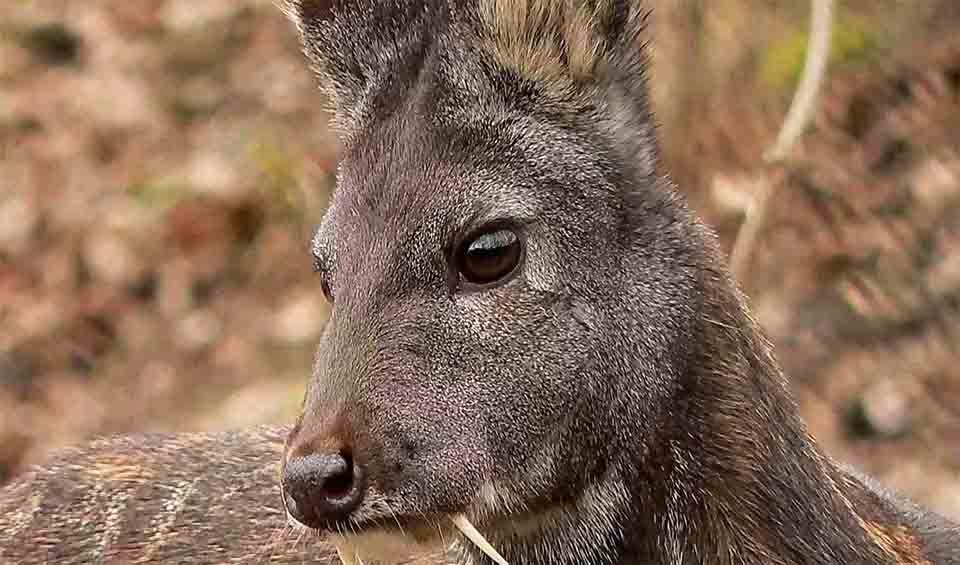Moschus – Musk deers
Oh dear, is that a saber-toothed deer I smell!?
Musk deer, intriguing and elusive creatures, inhabit the alpine and subalpine forests of the Himalayas and other mountain ranges across Asia, from Siberia to the Korean peninsula and down through China to the northern parts of India and Nepal.
One of the most fascinating aspects of musk deer is the musk gland found in males. This gland produces a highly prized substance known as musk, which has been sought after for centuries for its use in perfumes and traditional medicines. The scent of musk is potent and has been legendary for its use in attracting mates. Unfortunately, the value of musk has also led to the musk deer becoming a target for poachers, severely impacting their populations.
Musk deer are distinctive for their lack of antlers, a feature common among true deer. Instead, male musk deer are known for their long, saber-like fangs, which are actually enlarged upper canine teeth. These fangs are not used for feeding but rather serve as formidable weapons during the mating season when males compete fiercely for the attention of females.
Contrary to what their common name might suggest, musk deer are not considered true deer within the Cervidae family. Instead, they belong to the Moschidae family and share closer evolutionary ties with bovids, such as cattle and antelopes. This distinction is important for understanding their place within the mammalian phylogenetic tree and for conservation efforts aimed at preserving these unique species.
Today, the remaining genus of musk deer, Moschus, comprises seven species, all of which are found exclusively in Asia. These species include the Siberian musk deer, the Himalayan musk deer, and the Black musk deer, among others. Each species faces its own set of challenges, from habitat loss and fragmentation due to human encroachment and deforestation to the ever-present threat of illegal poaching for musk.
Species in this genus
Siberian musk deer
Male Siberian musk deer possess particularly long fangs, which it uses to fight and defend their territory


